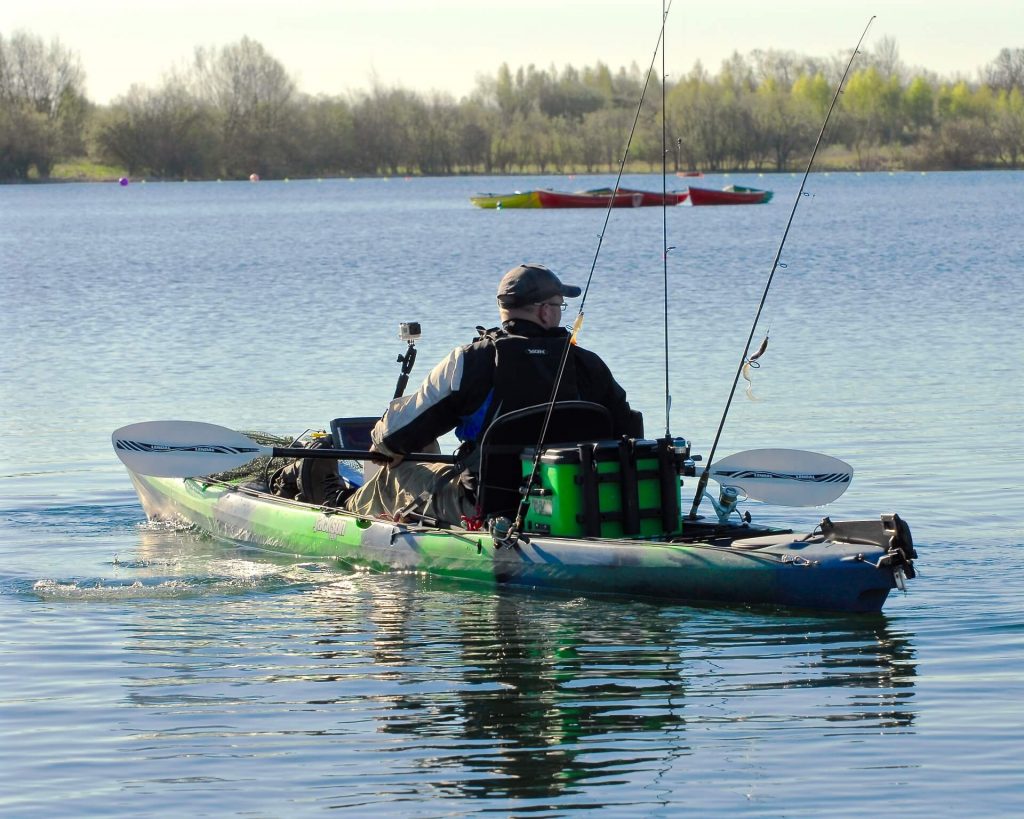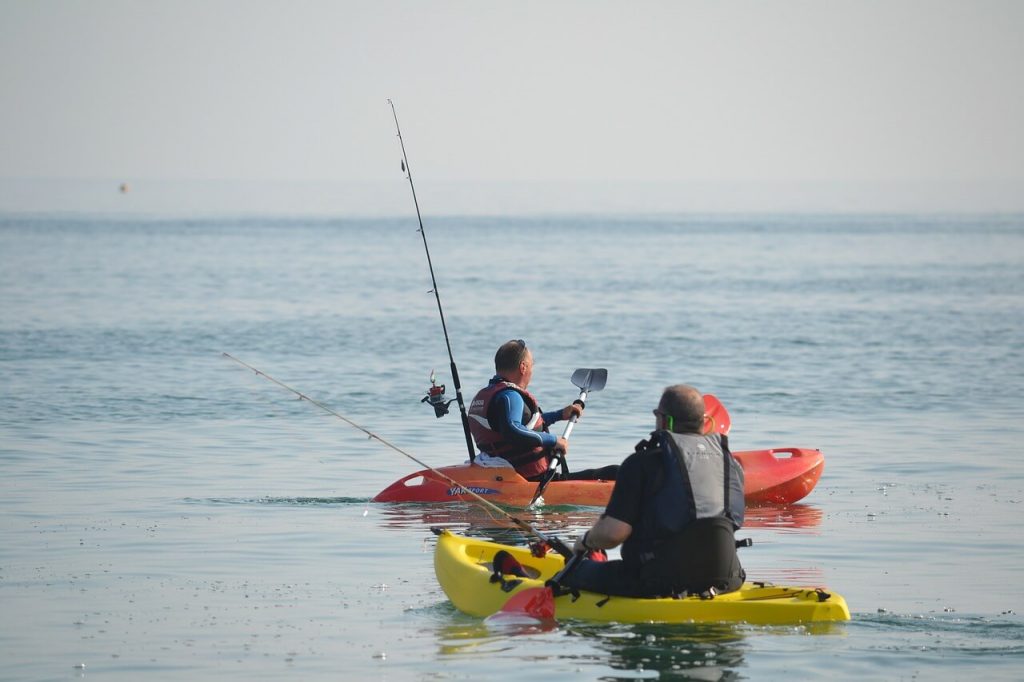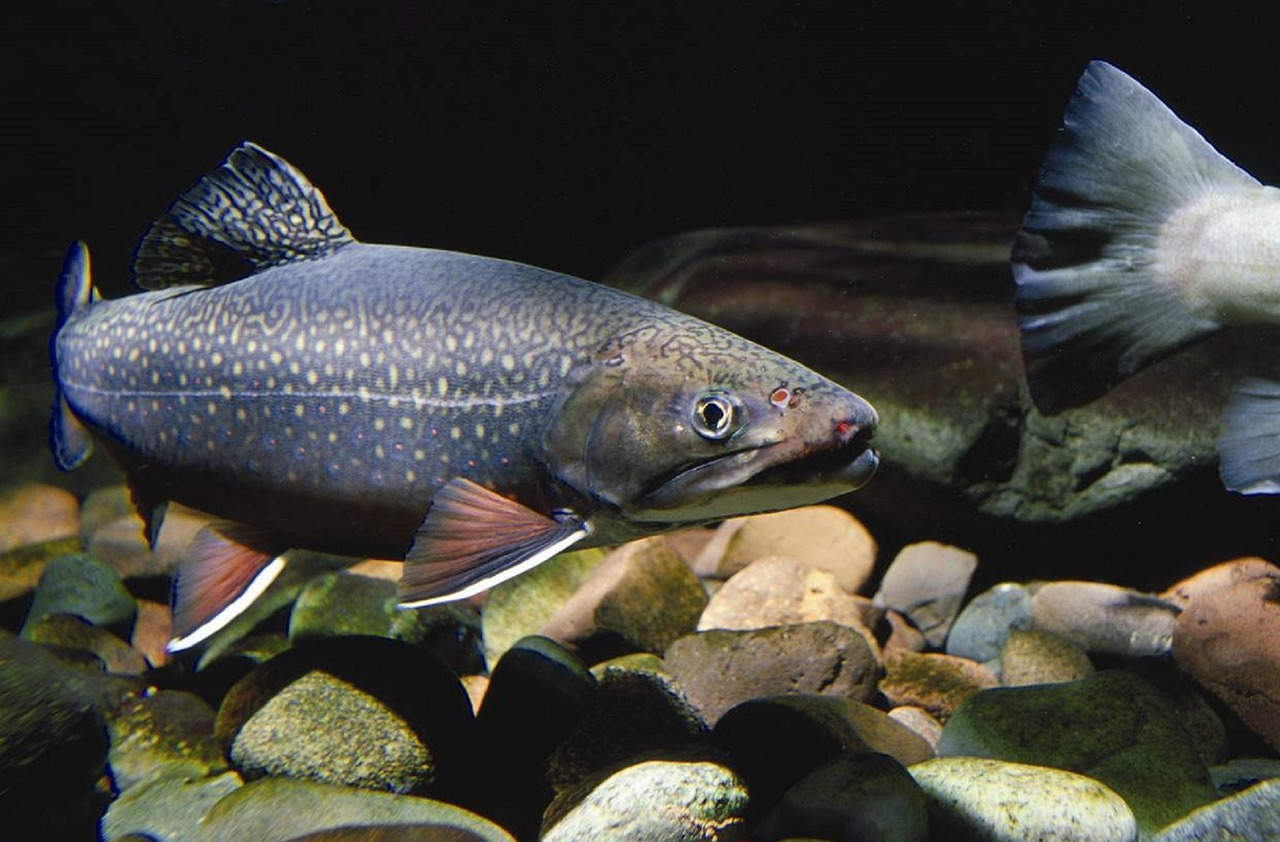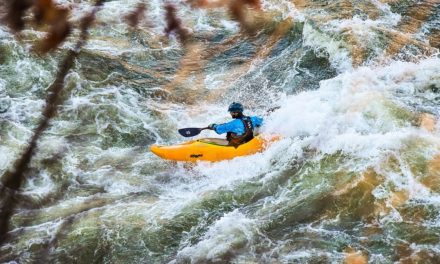What could be better than kayaking on a mountain lake or out on the ocean? How about catching your own supper while you navigate the peaceful waters? Fishing is one of those zen-like activities where the waiting is as much a part of the experience as the catching of the fish itself, but there does come a time where you need to catch the fish. If only you knew exactly where they were.
A fish finder will take the hassle out of locating the fish, allowing you to see exactly where the fish are. This is extremely useful in deeper waters where there is a vast area to cast your hook into. Not only will a fish finder give you the location, but it will also give you the depth of the fish.
Note: This post contains affiliate links. Please see disclosure for more information.
A fishing kayak has many features that will give you an advantage in the water, but, unless a fish finder is included, will not tell you where the fish are. A high-quality fish finder is what you need, but, with so many fish finders on the market, it can be hard to know where to start. Not to worry. This guide tells you everything you need to know and helps you to answer the question: what is the best fish finder?

What Is A Fish Finder and how does a fish finder work?
In the simplest terms, a fish finder is a device which locates fish for you. It uses sonar and electronic pulses to detect the sound and movement of the fish under the water. The fish finder will detect exactly how deep the fish are in the water depending on the amount of time it takes for the pulses to bounce back to it. Most modern fish finders will relate this information to you through an image on the fish finder screen.
Anything else?
If you are serious about fishing, then a fish finder with CHIRP is the way to go. Do not worry; there are no birds involved, CHIRP stands for Compressed High-Intensity Radar Pulse. CHIRP takes the data returned to your device and gives you more detail about the fish. Fish finders with this modern technology will give you an exact location of the fish instead of a rough approximation.
What should I consider when looking for a Fish Finder?
How deep do you want to go?
When you use a fish finder in deep water, you want a fish finder that will scan the water directly below you. Down-imaging sonar will give you the best view of what is in the depths below along with the depth of the water.
If you are in shallow water, this type of fish finder is going to be almost useless. For shallows, you want a side-imaging sonar. This will give you a better representation of what is in the water around you rather than what is just straight down.
If you fish in both types of water, then go for a fish finder which does both.
What type of water will you be fishing in?
Not all fish finders are created equal. Salt water is trickier for fish finders due to the depth and amount of debris in the way. You will want to look for a fish finder which can handle deep waters, and one with CHIRP technology to interpret all of the organisms and debris between you and the bottom. For freshwater fishing, a fish finder with a higher frequency will be beneficial. A higher frequency will allow you to detect fish in the valleys of the bed, where a lower frequency may not detect them. Of course, there are also some which are great for both types of water. If you want to get the best out of your fish finder, then choose one which matches the type of water which you fish in or get one which does it all.
Then there is ice fishing. If you are going to go ice fishing, then get a fish finder which can handle the ice.
Will you need GPS?
You should factor in the amount of traveling you are going to do in the water. If you are traveling a long distance, then you may want to invest in a fish finder which doubles as a GPS too. You can use your smart device like a GPS, but a fish finder with a GPS will give you some rich information, and that information will be in the same place. You will not need to use another device to see exactly where you are. Instead, you will be able to see, at a glance, where the fish are in relation to you and where you are in relation to the surrounding area.
Do you have space?
There is no point in purchasing a fish finder if you do not have space for it. Kayaks are small by nature, and, with all the extra fishing equipment you want to carry, you may find that there is no space for a fish finder. So, what can you do?
If you have no space, then a portable fish finder is the way to go. Some sonar units float on the water and send a signal directly to your smartphone. All you need to do is place the sensor in the water, and you will have the images beamed directly to your phone screen. You can also find floating fish finders which come with a screen, but one which uses your smartphone can save you a little money and space. This type of fish finder is also great for kayaks where fish finders are difficult to mount, such as inflatable kayaks.
How will you install your fish finder?
If you do have room for the fish finder, then you should think about how you are going to connect it to your kayak. The type of fish finder which you have can determine how it will be connected to your kayak. If you have a trolling motor, then that is the perfect place to attach a fish finder. Failing that, you could connect it to the transom, scupper holes, or mounting points. If you do not have a mount, but want one, then we recommend these ones from Brocraft and Stern Saver. Just make sure that the mounts are compatible with your kayak and your fish finder.
What power source will you use?
Fish finders need a power source to work. Some advanced fish finders need to connect to a 12-volt battery. This can take up a lot of valuable space on your kayak. If you are short on space, then look for a battery-powered kayak where the batteries are internal.

5 Best Fish Finders for Kayaks in 2018
Humminbird 410210-1 HELIX 5 Fish Finder CHIRP GPS G2
This fish finder takes advantage of CHIRP technology to give you the best representation of the fish below. If you were to compare this device with an average fish finder on the market, then you would be amazed at the number of fish you were missing. The technology is also fast. As soon as you turn the device on, you start getting the information, and the enhanced base map means that you are able to find fish with it right out of the box.
You have a 5-inch color screen to display multiple types of information, all of which can be switched at the touch of a button. GPS is included, so you never have to worry about getting lost when you are out on those big bodies of water, and, talking of big bodies of water, this fish finder is capable of finding fish at depths of up to 1500 ft (or 2500 ft with the optional transducer).
Simply download the smartphone app, and you are ready to go.
Check out this video review:
Raymarine Dragonfly 7 Pro CHIRP Fish Finder
This is a great fish finder for those just starting out with kayak fishing. The screen is generous and bright, making it easy to decipher in low-light conditions. You also have 600 ft of depth to fish in. One of the key selling features of this device is the built-in Wifi. This allows the device to stream the data to your smartphone or smart device.
The Raymarine fish finder will give you advanced charts which cover all of the coastal US and Canada. Combine this with CHIRP, down-vision sonar, and a conventional sonar transducer, and you have a powerful, yet affordable, device.
Find out more here:
Garmin Fish Finder Striker 4 Built-in GPS
Another electronic fish finder which is easy to use and won’t make a big dent in your pocket. One of the best things about this device is its compact size (a key selling point when you have little space in your kayak). Do not let the size fool you, though, as there are many powerful features included with this device.
GPS keeps you from getting lost, mark & return hotspots allow you to save your favorite fishing spots, smooth scaling graphics make depth transitions easy to follow, speed data keeps you informed, and the included mount gives you a place to store it.
A portable kit is available which combines your fish finder with all the protection it needs while out on the water. Sealed compartments keep the device, batteries, and charger dry. There is also in-built cable management, transducer mount, float, and extra storage.
Find out more here:
Deeper Smart Sonar PRO+
If you are looking for something compact, then look no further. The Deeper Pro fish finder can be cast straight into the water or attached with an optional fish finder mount. The device also creates its own Wifi hotspot to send all the data to your smart device. Simply download the free app. A highlight of this device is the ability to download the data to your PC for analysis. You can use the data, combined with the weather forecast and lunar functions, to plan your next fishing trip.
This fish finder also does it all. You can use it in salt water, fresh water, and through ice. You can switch from narrow to wide beam at the touch of a button, making it easy to transition from deep water to shallow water and vice-versa. This could be the best ice fishing fish finder.
This is an extremely light and small fish finder. You will not notice this on your kayak or in your gear bag. Once charged, you also get five and a half hours of battery life.
For some in-depth info, check this video out:
LUCKY Portable Fish Finder
If you are looking for a fish finder that will not set you back an arm and a leg, then the Lucky fish finder is the one for you. It may not have all the capabilities of a more expensive fish finder, but what it can do may surprise you. For a start, it can cope with salt water, fresh water, and ice. It can also detect fish to a depth of up to 328 ft.
There are five modes of sensitivity, depending on how and where you are fishing. You also have up to five hours of battery life when the batteries are fresh. The only problem you may run into is the fish finder not being able to detect fish under 4 inches in length. This is one of the best portable fish finders.
Conclusion
Finding the right fish finder is almost as exciting as finding the fish themselves. The bottom line is that you will get what you pay for when it comes to buying a fish finder, but, no matter how much you spend, any fish finder will improve your results when you are out fishing on your kayak.
As an Amazon Associate, I earn from qualifying purchases. Inflatable Kayak Adventures is a participant in the Amazon Services LLC Associates Program, an affiliate advertising program designed to provide a means for sites to earn advertising fees by advertising and linking to amazon.com, amazon.co.uk, amazon.ca. Amazon and the Amazon logo are trademarks of Amazon.com, Inc. or its affiliates.






Great post about best fish finders available on the market. It is very helpful for a beginner like me. After reading this article, I have decided to pick Garmin Striker 4 from your list. What do you say about my choice? Thanks for sharing.
Great value for the money.